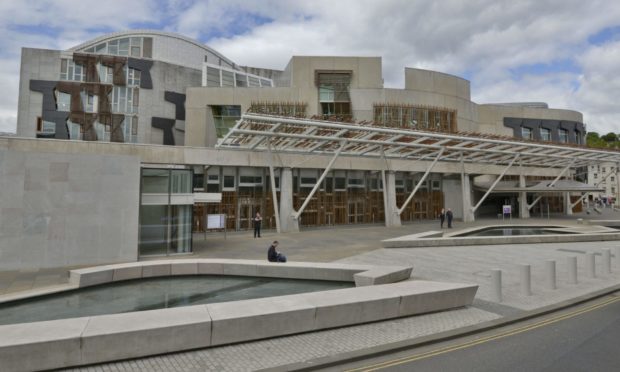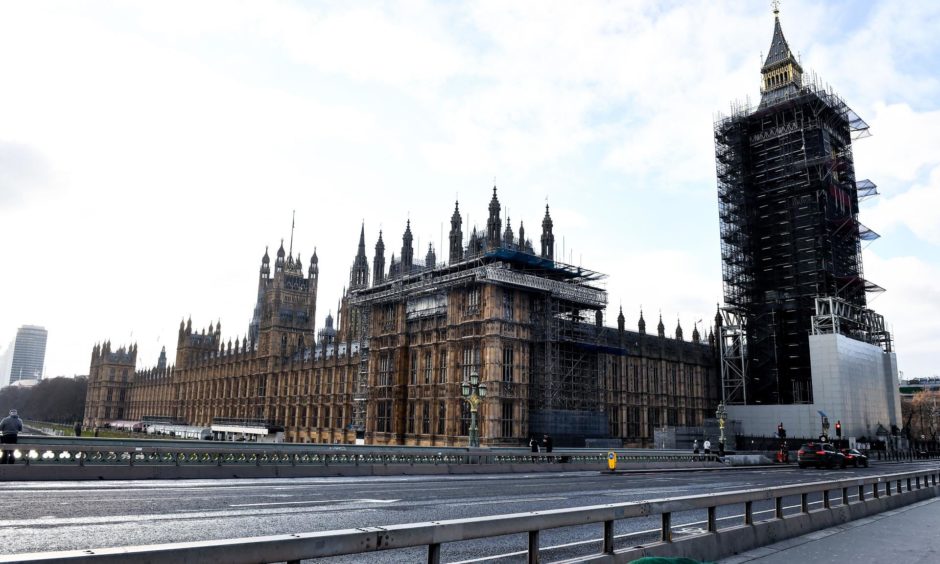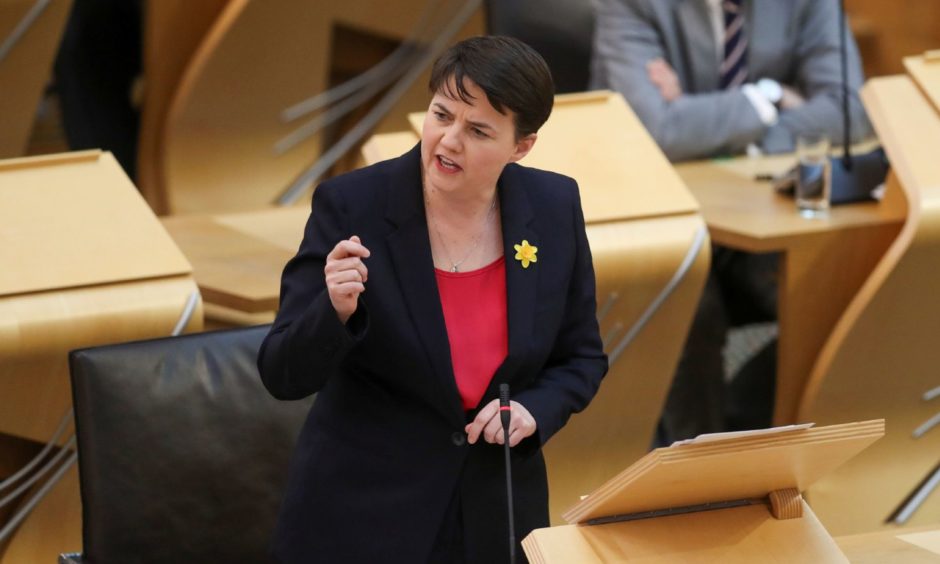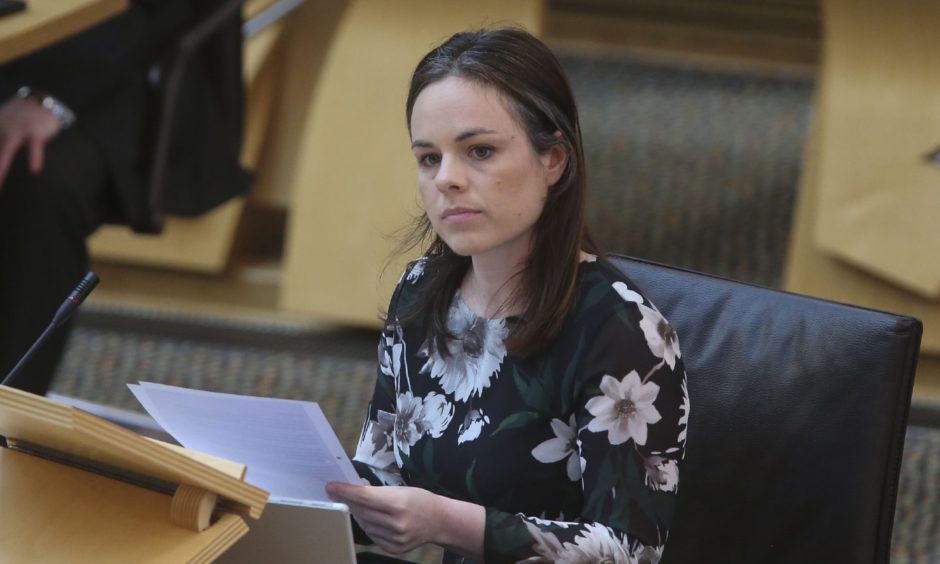Being 198 years younger than Westminster, the Scottish Parliament in Holyrood operates very differently to its elder sibling.
Built in 1801, the UK parliament still operates with many 19th Century characteristics. Some see it as outdated and old-fashioned, while others view it as traditional and a part of British culture.
The Scottish Parliament, built in 1999, has taken a far more modern approach to the business of politics.
Modern Studies teacher John McTaggart explains what some of the big differences are between the two institutions.
“The Scottish Parliament has the benefit of being a new parliament. Westminster has evolved over a very long time and still has a lot of working practices that are not 21st Century,” he says.
“Walking through lobbies to vote, for example, whereas the Scottish Parliament embraced electronic voting from day one.
“The style of the debating chamber, the fact that the Scottish Parliament doesn’t have a second house, particularly an unelected second house as Westminster has in the House of Lords.”
The House of Lords is often a contentious topic in UK politics because it has various legislative powers despite it being an unelected house.
Members are selected through peerages awarded by the Queen after recommendations are handed to her by the Prime Minister.
The current interim leader of the Scottish Conservatives, Ruth Davidson, is to join the House when she gives up her role as an MSP in May.
Every bill that goes through the House of Commons must also pass through the House of Lords before becoming law.
Reserved and devolved powers
There are two types of powers, as Mr McTaggart explains: “A reserved power is one that’s kept by Westminster and a devolved power is one that’s been granted to the Scottish Parliament to legislate on.
“Some devolved powers are biggies. The ones that affect people’s day-to-day life the most would be health, education, housing, local government and social work. I would say those are the biggies.
“Reserved ones include pensions, foreign policy, immigration and, ultimately, finance.
“The Scottish Parliament gets its budget every year but it is, up to a large degree, still dependent on Westminster for a lot of its funding.”
Budgets
Scottish Finance Secretary Kate Forbes announced the Scottish budget in February, before Chancellor of the Exchequer Rishi Sunak announced the UK budget at the start of March.
Due to the UK parliament reserving many powers regarding the borrowing and distribution of money, the SNP are often critical of what they perceive to be their limited powers.
However, like most things in politics, there is two sides to the story, says Mr McTaggart.
He said: “The SNP would say that they are plagued with one arm tied behind their back, they don’t have the full powers of an independent nation and therefore spending gaps in Scotland are Westminster’s fault.
“The Scottish Conservatives, Scottish Labour and other opposition parties would say that the Scottish Parliament is well funded and they could be doing a lot more with the money they’ve got and ways of raising money.
“It really depends on who you listen to or who you believe.”



